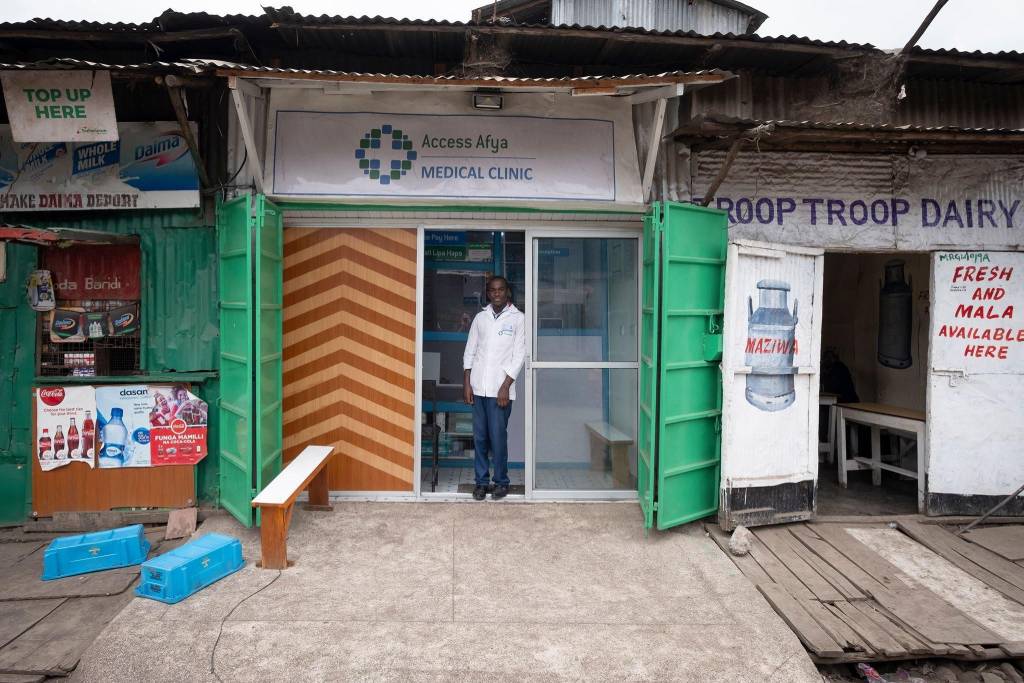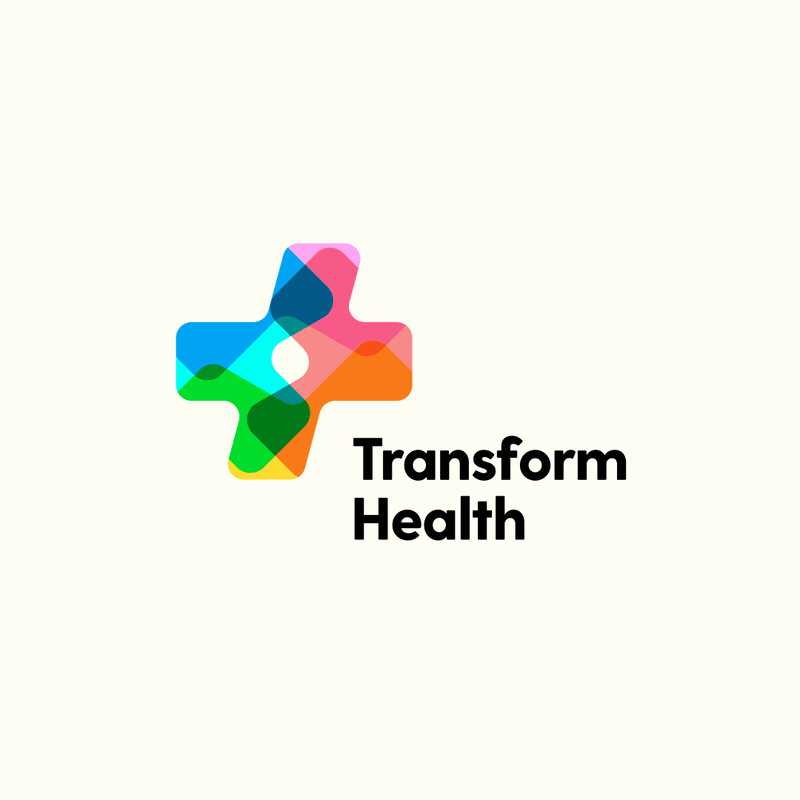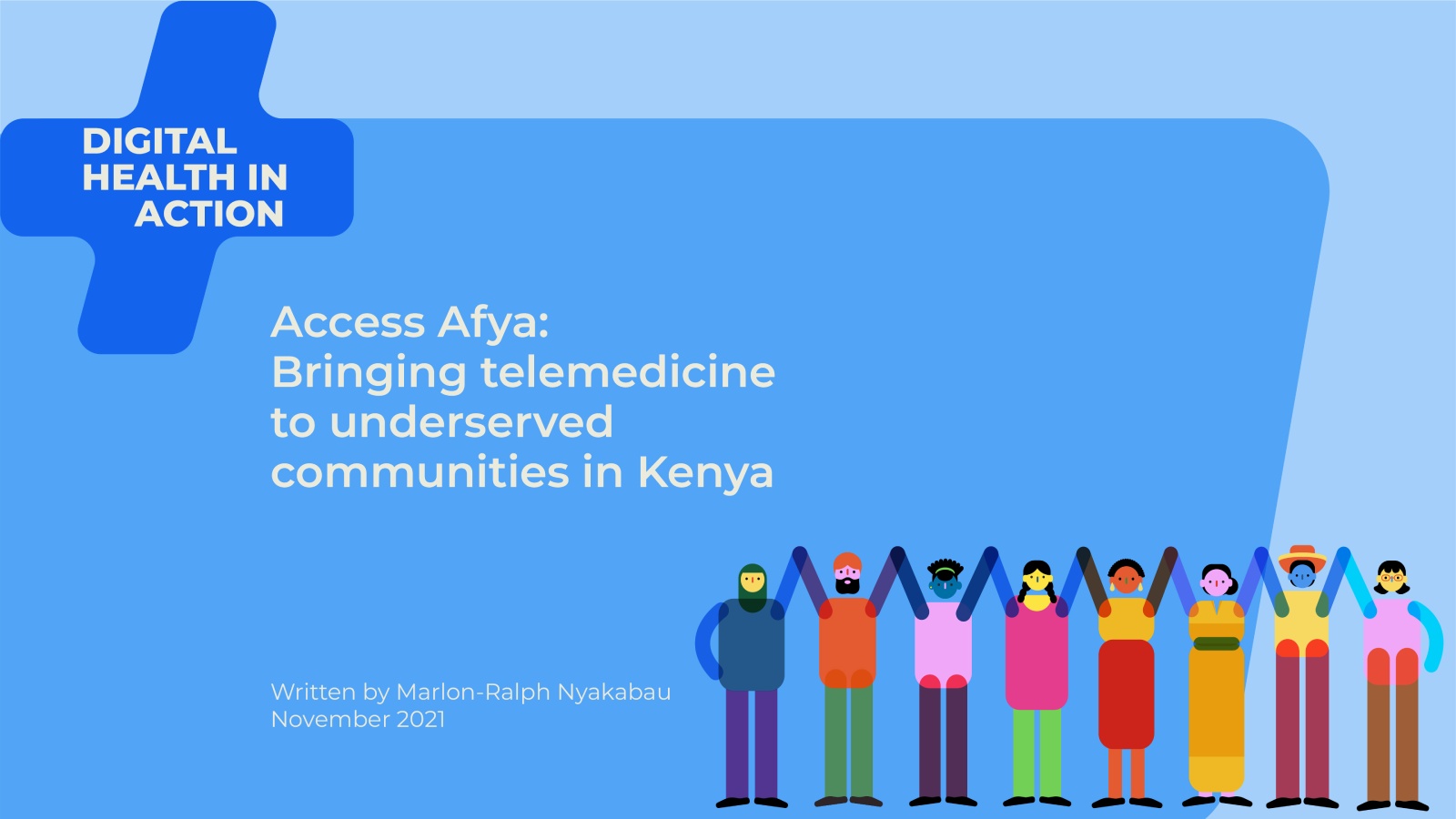Kenya’s pursuit of Universal Health Coverage (UHC) focuses on investing in primary health care, in line with the Astana Declaration on Primary Health Care of 2018. Achievement of UHC in the country is challenged by unequal access to health care services as a result of an inequitable distribution of facilities
Although the number of health care facilities in Kenya has increased, many people still have to travel long distances to see a health worker. On average, people live 9.5km from a health facility. This distance needs to be reduced in order for Kenya to realise its UHC aspirations.
Increasing access to health facilities conventionally calls for significant financial investment as building health facilities comes at a cost. However, a private sector entity in the country is pioneering a low-cost model that leverages digital health to increase access to primary health care.
Access Afya provides primary health care through an integrated network of micro-clinics and mobile health programmes. Its asset-light clinics located within informal communities offer a variety of services including consultations, lab testing, chronic condition management, immunisations, family planning, maternal and child health, first aid and emergency care
The clinics are run by clinical officers, not doctors. Clinical officers are guided in their work through the use of digital clinical decision support tools that give prompts on the right questions to ask or laboratory tests to order. If further assistance is needed, the connection to a remote doctor is made via telemedicine. The clinical officers also access continuous health education via an e-learning platform.
The clinics deploy mobile outreach teams into the community that conduct screening for non-communicable diseases via a mobile phone application. The application displays a risk score that informs community health workers on the need to refer a patient to a clinic for treatment. This hub and spoke model allows the clinic to expand its penetration into the surrounding community.
Access Afya also operates pharmacies with integrated telemedicine and rapid test services making pharmacies sites of first entry into the health system. In between follow-up visits and medication refills, SMS texts are sent to patients providing health education and medication reminders. To enhance operational efficiency, the network of clinics runs on a digital health information system that collects patient demographic, medical history, treatment, purchasing and outcomes data.
Realising that most of their clients are not covered by health insurance, Access Afya partnered with a local finance company to provide a range of health financing options including insurance, health micro-loans, savings and memberships. Patients can take up a micro-loan of up to $5 that is repaid via mobile money.
To expand its reach, Access Afya acquired Merck’s CURAFA franchise of clinics. Launched in 2018, CURAFA had a similar model of integrated point of care health facilities that combined pharmacies, primary health clinics, digital health devices, financing solutions and telemedicine to improve health access in underserved communities. The purchase increased Access Afya’s network of clinics to 15 sites across four counties in Kenya, where they have
served over 240,000 patients.
As part of its digital health strategy, the Kenyan government sought to implement an eHealth systems registration and audit framework for creation of a database of certified and licensed eHealth systems. Access Afya became one of the first licensed digital health companies.
Access Afya aligns with the government’s strategy to use digital health technologies to enhance equitable access to healthcare working with the private sector to promote the use of telemedicine to increase reach to the underserved counties in Kenya.
Key lessons:
● Digital health interventions such as telemedicine can be effectively used to strengthen primary health care provision towards the achievement of UHC.
● Low cost health facilities supported by digital health technologies in offering integrated services are an alternative option to increase access to comprehensive affordable care for people in underserved areas.
References:
1. Kenya National eHealth Policy 2016-2030, Towards attainment of the highest standard…; Ministry of Health; Republic of Kenya.
2. Kenya health sector Strategic Plan July 2018- June 2023, Transforming Health Systems… Ministry of Health; Republic of Kenya
3. https://www.accessafya.com/home [accessed 15 October 2021]
4. https://www.accessafya.com/latest-news/access-afya-and-curafa-team-up-to-improveprimary…[accessed 15 October 2021]
5. https://rise.barclays/female-founder-stories/five-questions-with-access-afya/ [accessed 15 October 2021]



